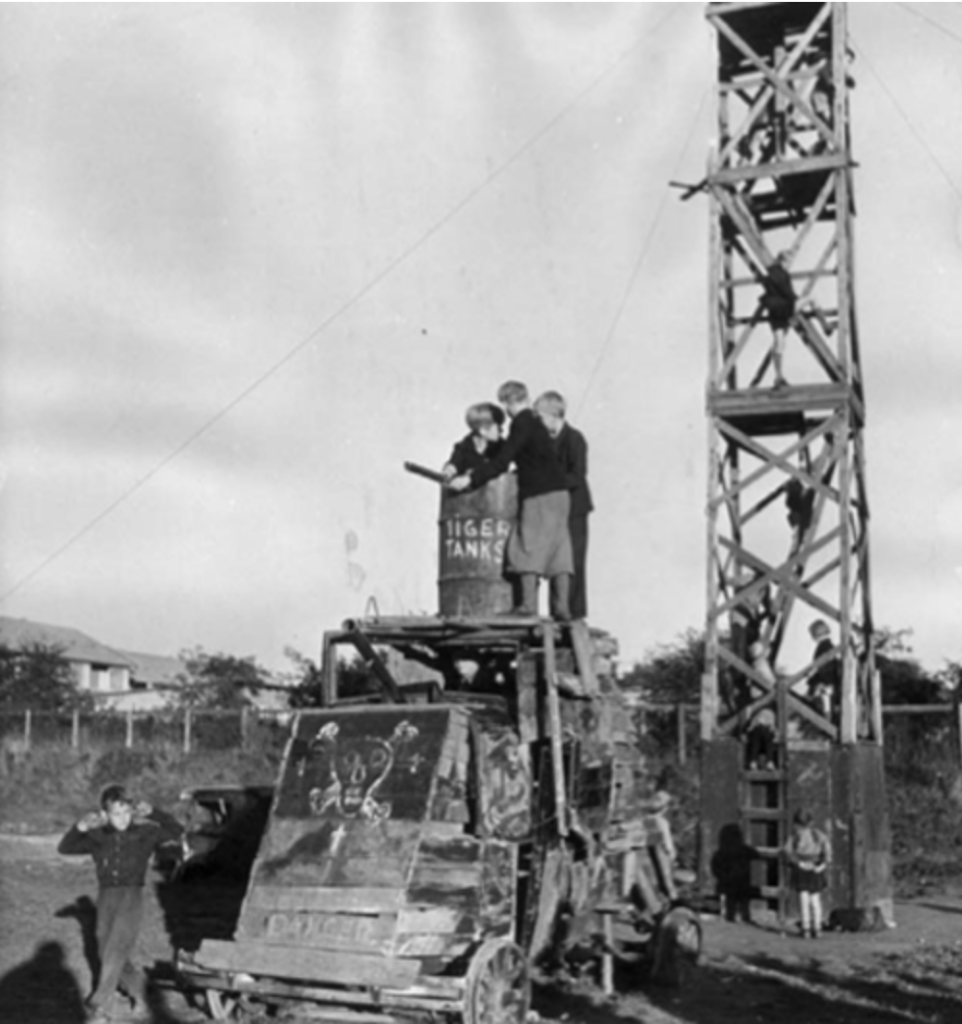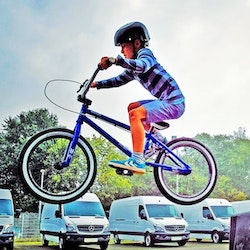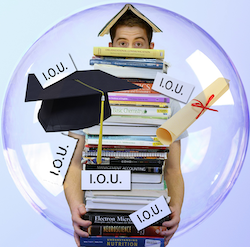Balancing independence and safety can be tough for parents and often causes second-guessing.
My 10-year-old rides his bike unsupervised and it makes me nauseous. He rides for hours with no cell phone and no itinerary. When friends hear, the reaction is usually something along the lines of, “Are you crazy?” And of course, I second guess myself.
Parenting often feels like a continuous loop of self-doubt. Giving kids independence is always somewhat nerve-wracking because it’s a balancing act between supervision and autonomy. So am I crazy for letting him ride without structure? I don’t think so. But it all depends on how we view the dilemmas we face around how kids play.
When I think about play, I imagine fun and free expression. However, play today is much more about restricting and prohibiting. Parents often make decisions informed by fear. Our playgrounds have cushioned floors, for crying out loud! But it hasn’t always been this way.

Photo by Francis Reiss
Following WWII, many European children played in bombed-out lots (or what we’d call lawsuits waiting to happen). What emerged was the adventure playground, a play area where kids use real tools, ignite fires, and build with whatever materials are around. All with minimal adult supervision. It’s a stark contrast to playgrounds today, which sacrifice adventure in favor of safety. There are some adventure playgrounds around, albeit far fewer in the U.S. than in other countries. Nonetheless, opportunities do exist for kids to develop the type of autonomy and independence they need. Bike riding is a perfect example.
Growing up, I rode my bike everywhere. I experienced something that is completely foreign to kids today – getting lost. If you’re older than about forty, you probably used a Thomas Guide in your car. You may have lost your way, but there were always street names and house numbers.
These days, kids never get lost and probably never will. Phones are ubiquitous, telling kids where to go or used to call parents for help. Kids won’t ever get that feeling of concern followed by immense pride when they figure out their way. I think we’re taking something away from our kids by never letting them have these experiences.
Allowing autonomous experiences, however, is always accompanied by some degree of risk. Exhibit A: The nightmares I have about my son’s bike-riding. He often rides to a friend’s house a mile and a half away. On his first try he got lost. He eventually found his way back to our house and discovered his mistake by looking at Google Maps. The next time he made it and has been the bike-riding guru of the fifth grade ever since.
Let me be clear. His solo adventures are terrifying. I’m nervous right now and my son is sitting in the next room, perfectly safe. Except that he’s watching Stranger Things, which probably isn’t appropriate. What I’m trying to say is that balancing independence and safety isn’t easy. It’s one of the most difficult things we do as parents. And it’s one of the most important. At every turn, there’s an opportunity to second guess ourselves (and of course, for others to judge us).
But if we reframe the entire question, we might think about the impact on our kids if they are not provided opportunities for autonomy. Imagine your 30-year-old kids living in the basement asking for an allowance. You may just decide to shove them out of the house and onto their bikes right now.


